Waste air treatment
What does waste air treatment represent?
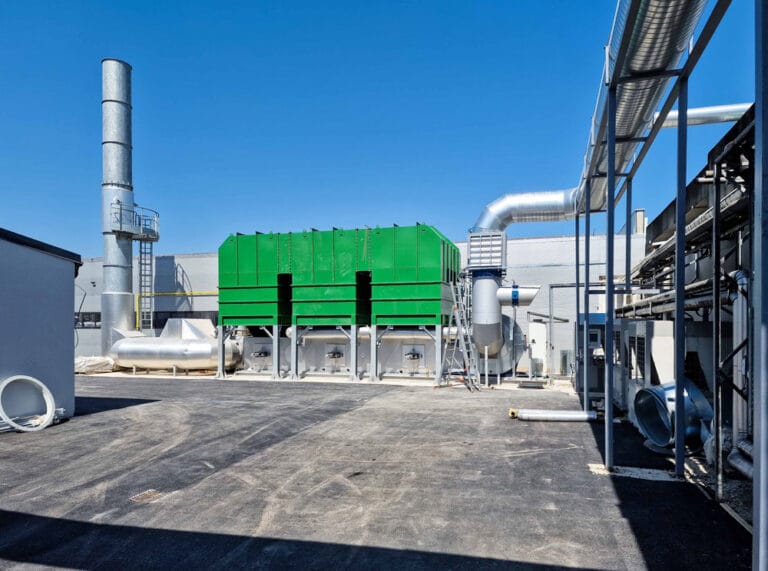
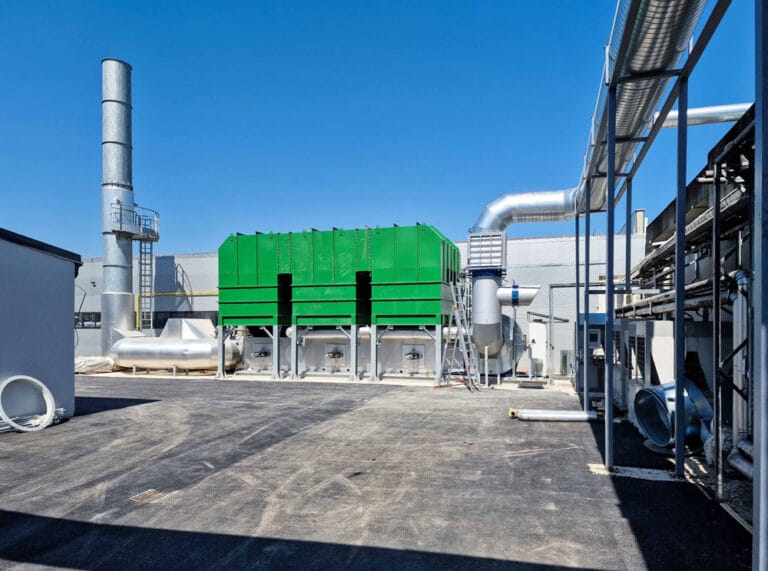
Technologies We Apply
Waste air treatment for industry
Tretman otpadnog vazduha - naši radovi
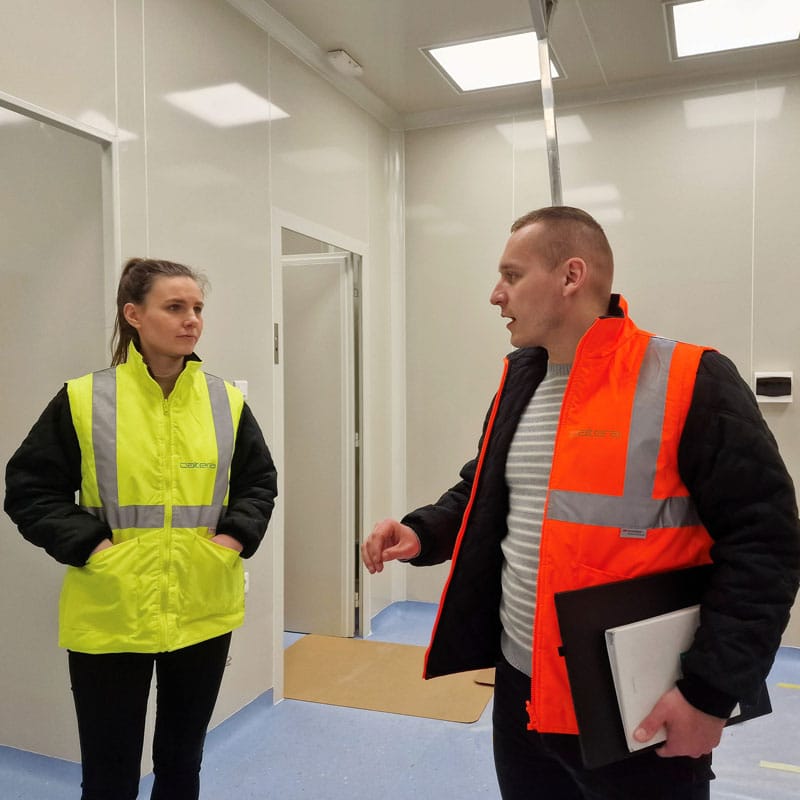
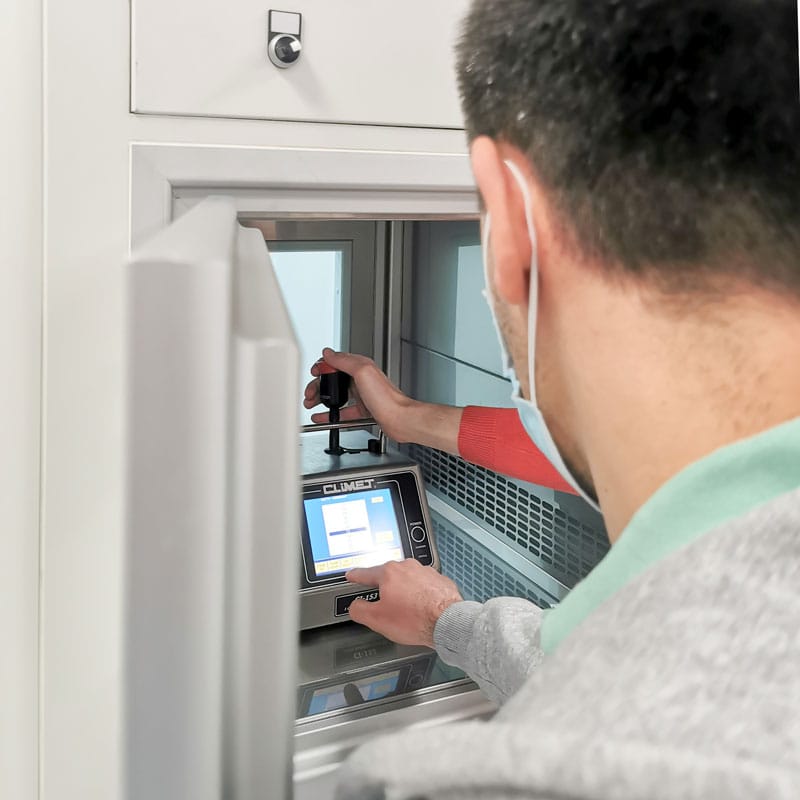
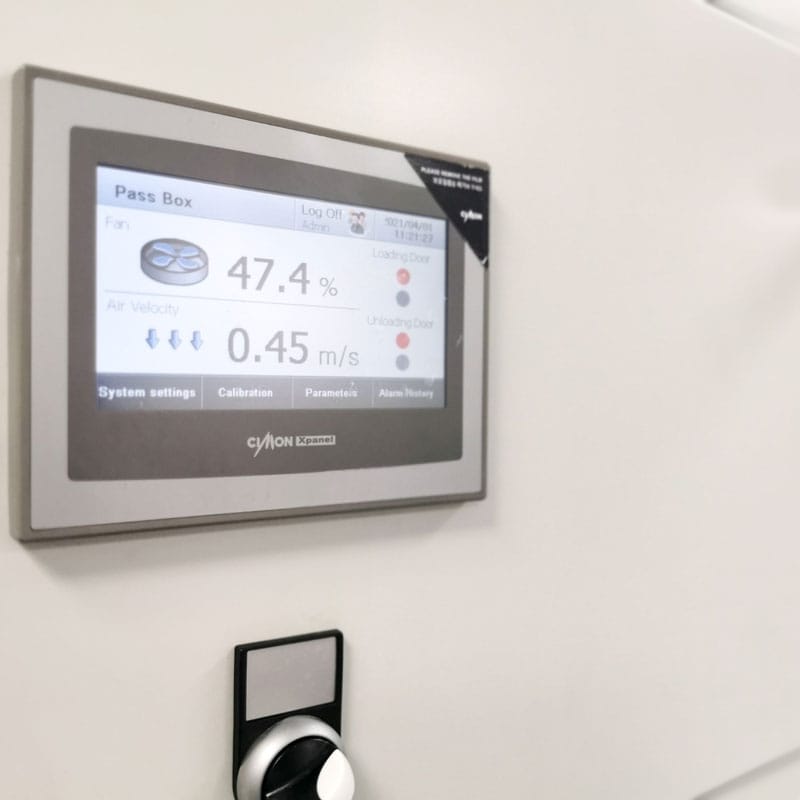
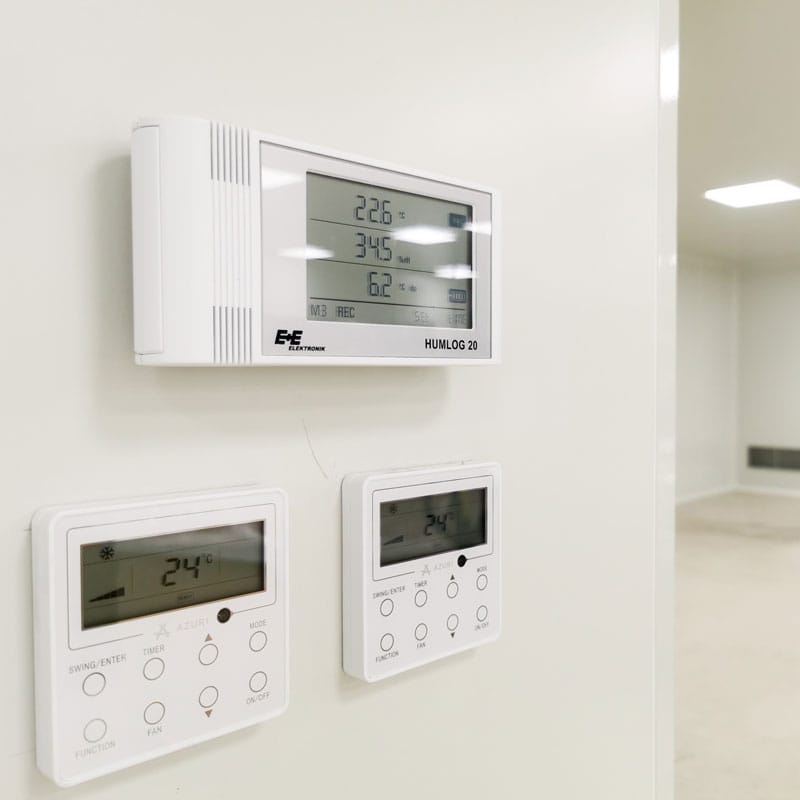
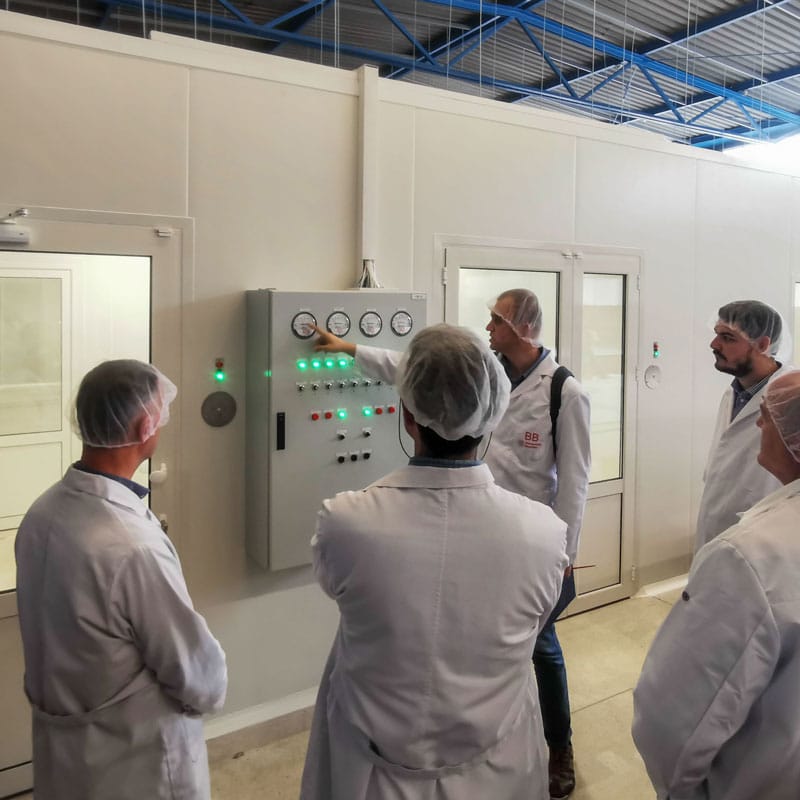
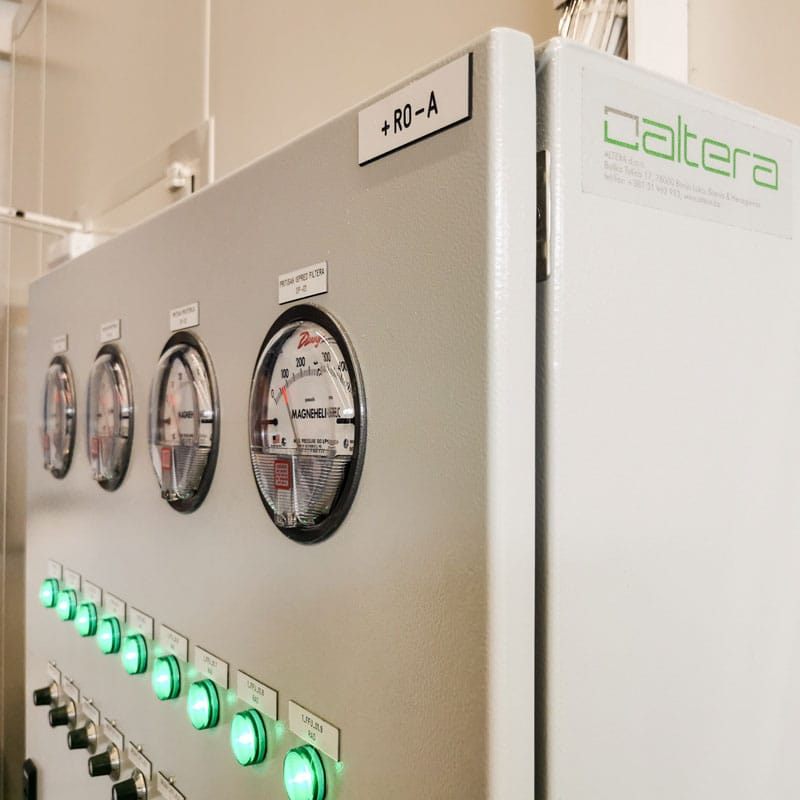
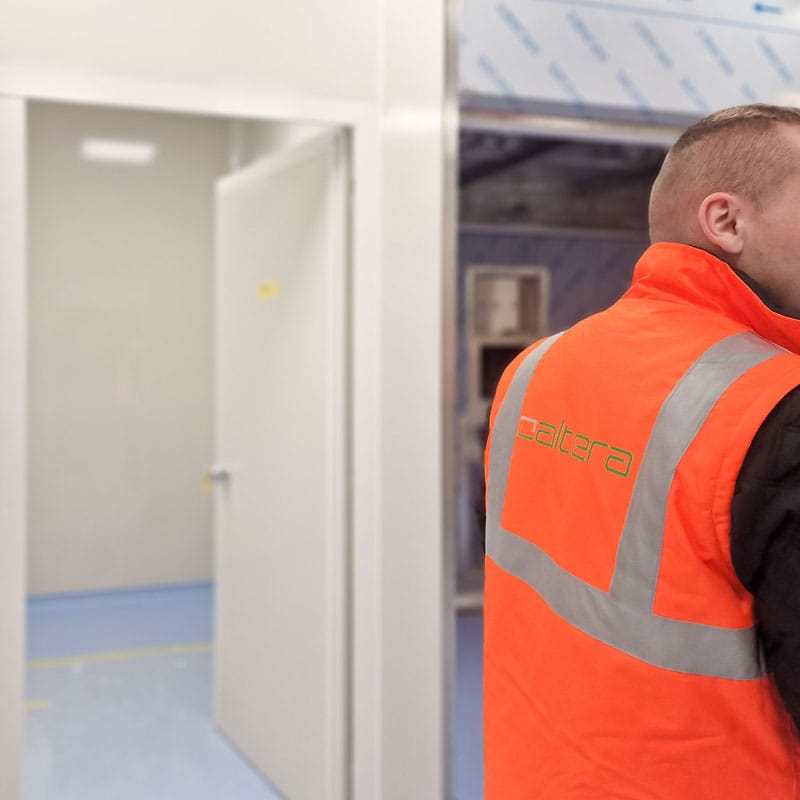
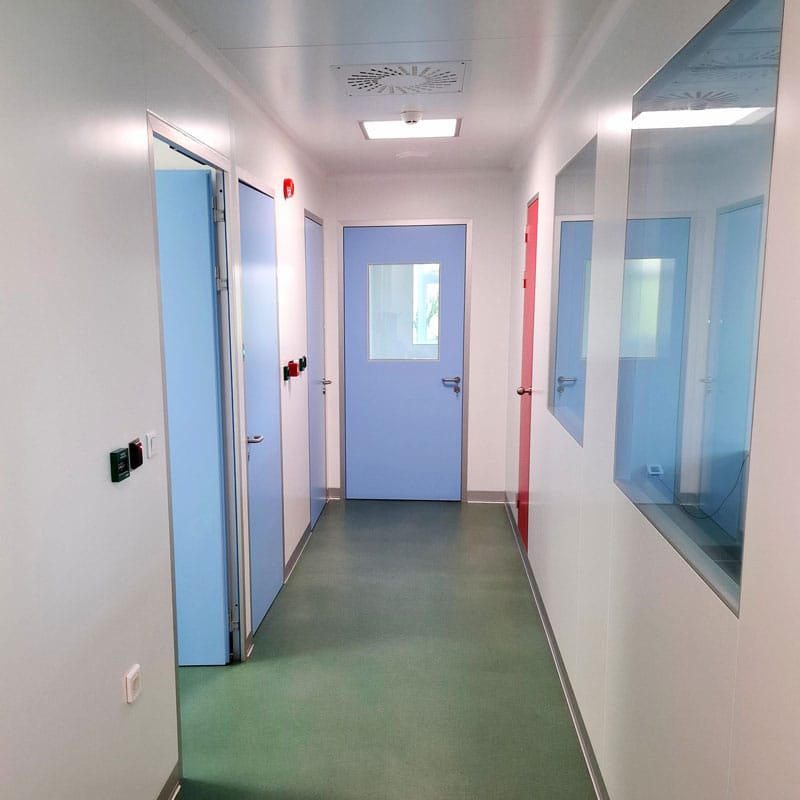
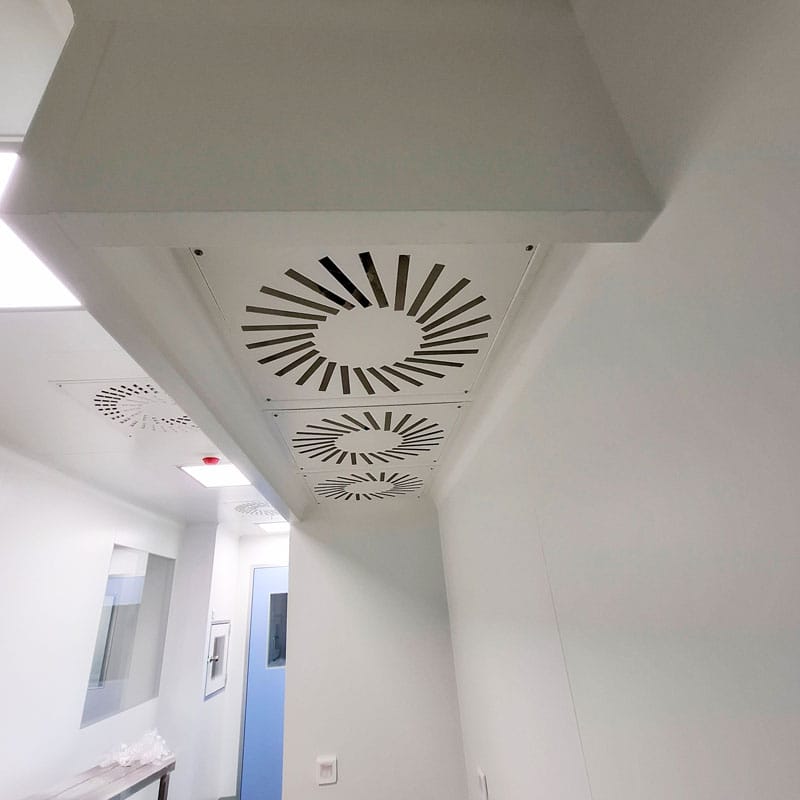
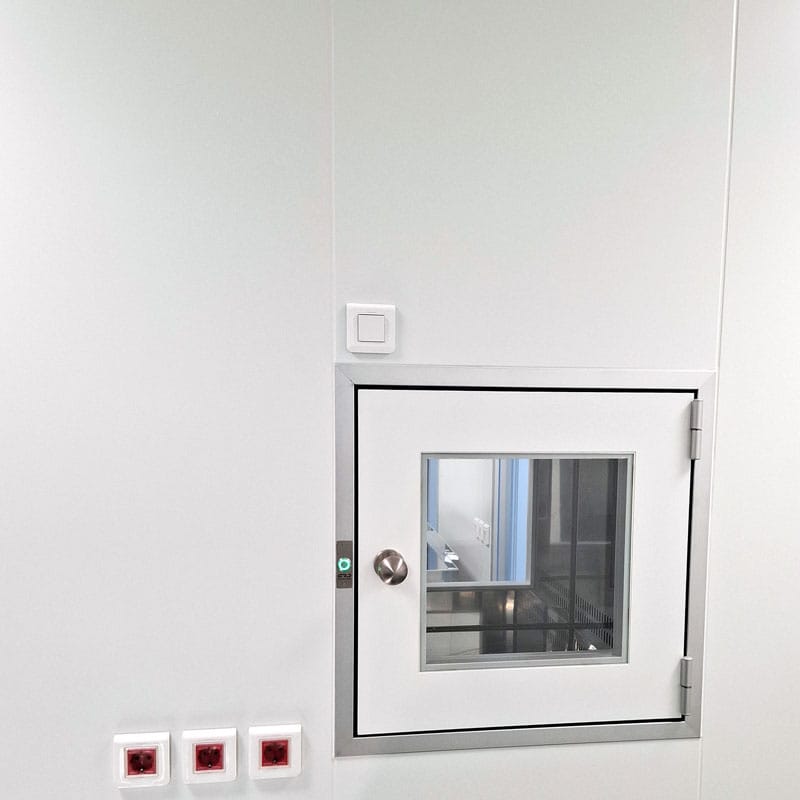
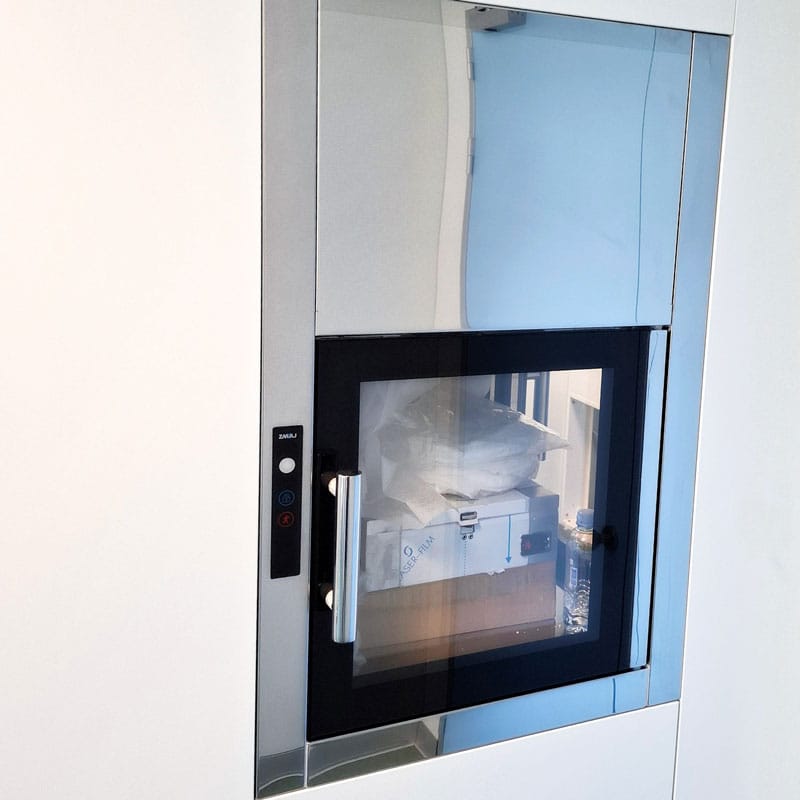
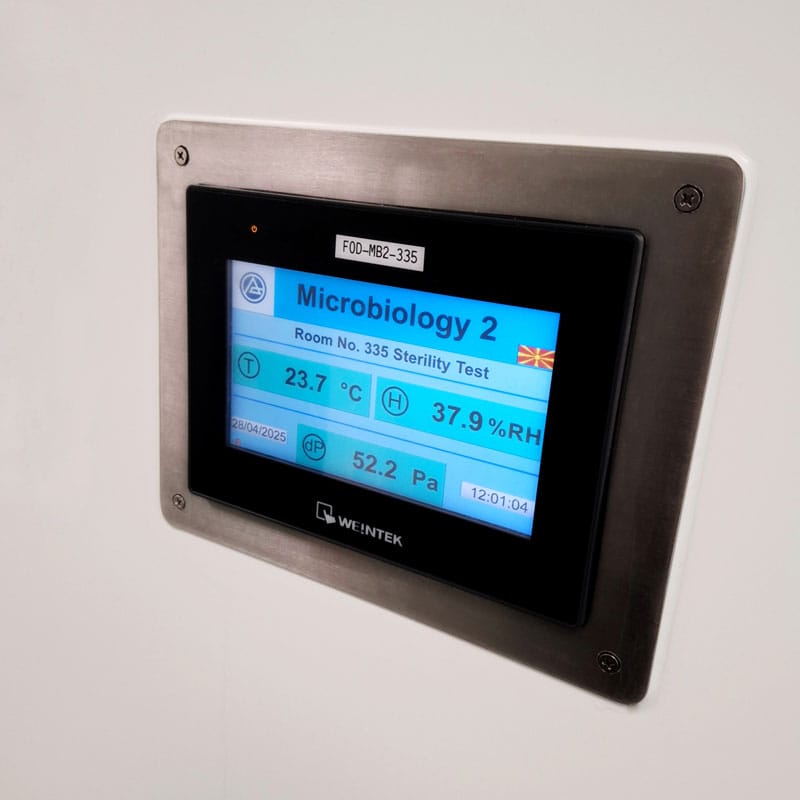
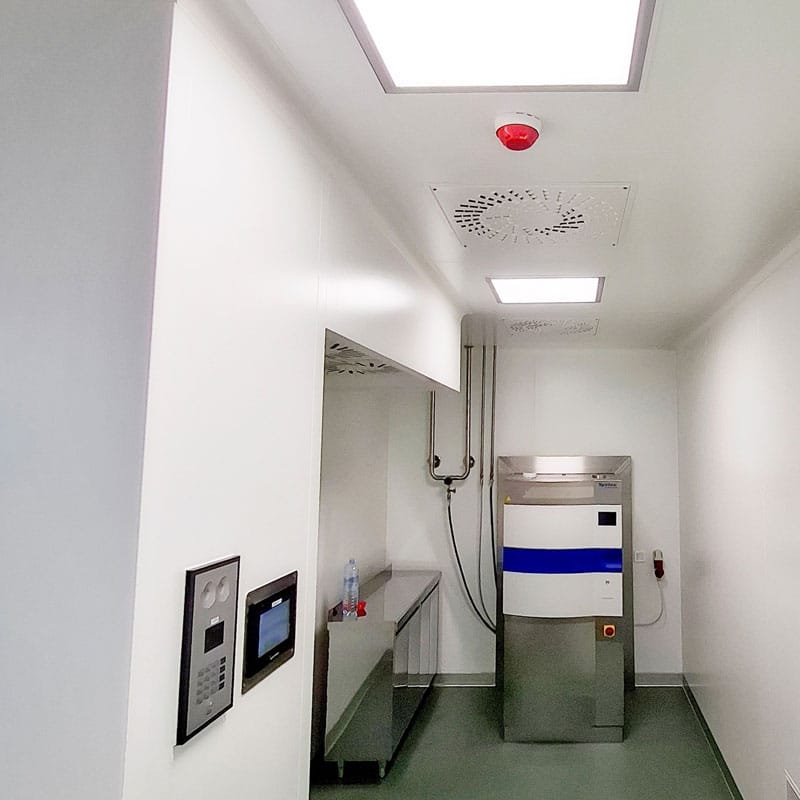
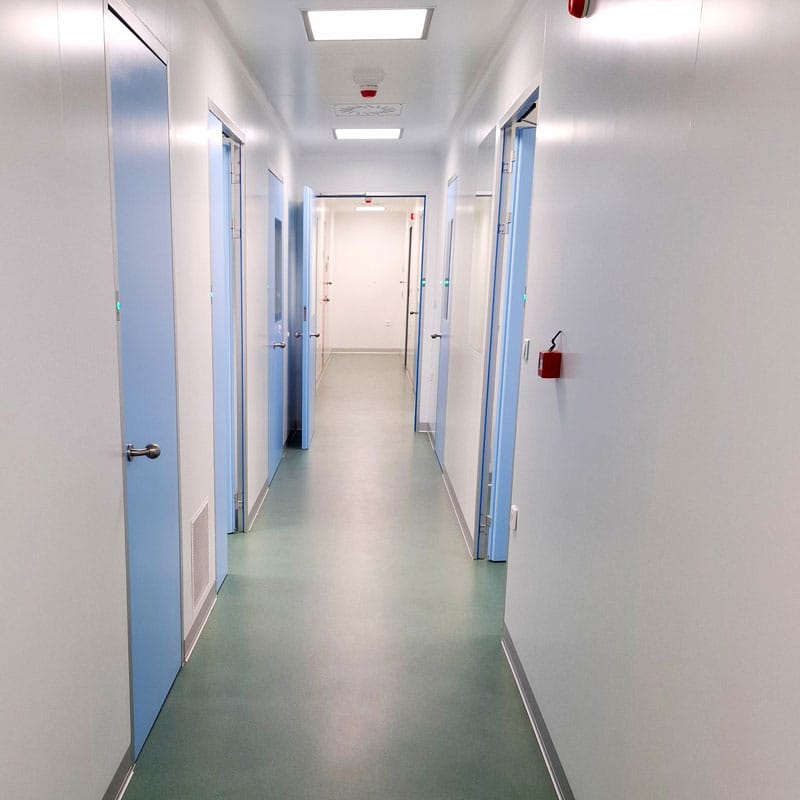
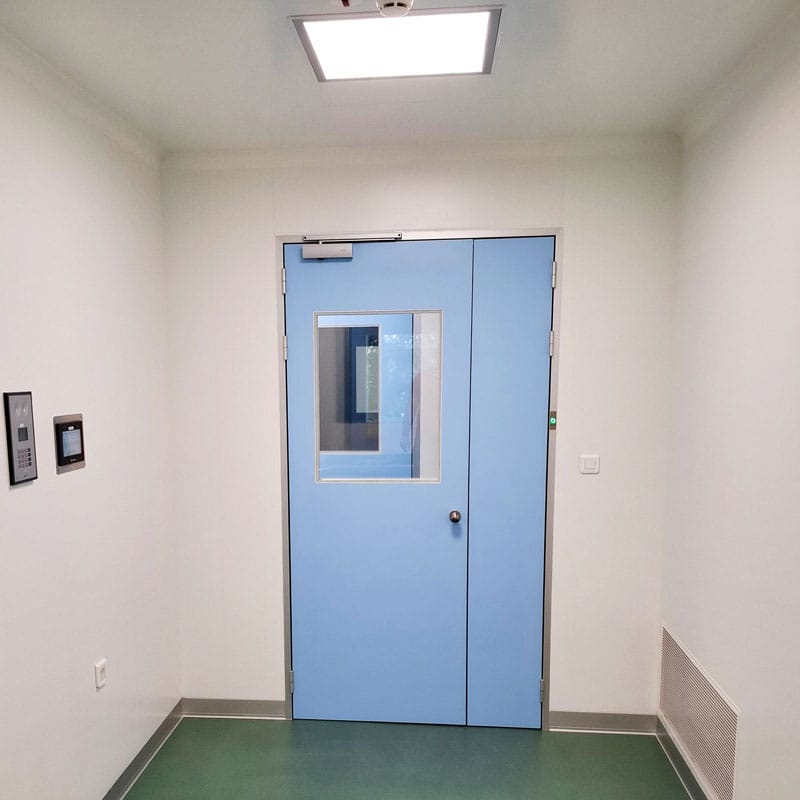
Regulatory Framework and the Importance of Waste Air Treatment
Industrial gas emissions are subject to strict EU regulations, especially regarding the emission of volatile organic compounds (VOCs). Directive 1999/13/EC, as well as the IPPC Directive, require for both new and existing plants to implement technologies to reduce emissions. The goal is to preserve air quality and minimize the negative impact on human health and the environment. Plants must apply Best Available Techniques (BAT), which then are documented in BAT reference documents (BREFs) and monitored through the European Pollutant Release and Transfer Register (E-PRTR).
Waste Heat Recovery
Waste heat generated in thermal oxidation processes can be efficiently utilized for technological processes in the treated industry, resulting in reduced CO₂ emissions and improved overall system sustainability.
Our Technologies and Solution Advantages
Altera offers complete turnkey solutions for waste air treatment. All solutions are modular, adaptable to the specific conditions of the plant, and compliant with European standards. Implementation includes process analysis, design, installation, commissioning, and operating staff training, ensuring long-term reliability and operational safety.
